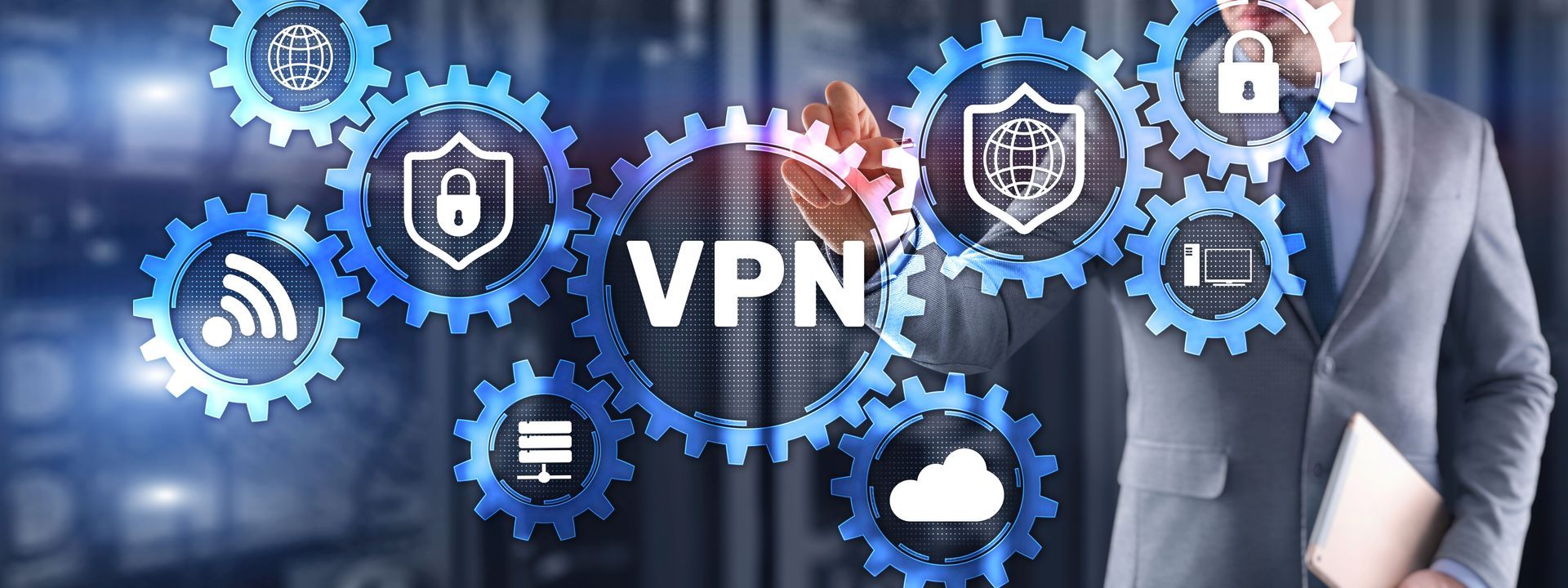Self-Study vs Instructor-Led IT Training – Which One Wins?
It’s a question that is often asked: Self-Study vs Instructor-Led IT Training, which one is best?
With so many options available to learn new skills, it is hard to know which one is the better option: Self-Study vs Instructor-Led IT Training?
There are many aspects to consider when determining which selection to make.
Let’s address a few of the most important differences here: Self-Study vs Instructor-Led IT Training
Cost
Instructor-led IT training is more expensive than self-study, there is no question about it. BUT if you want a quick, accurate, certification training turn-around then this is, by far, the best option.
If you have plenty of time, and cost is the main consideration, then self-study, on first glance, appears to be the better choice.
However, a middle ground is also available: live, remote-attendance training. This cuts out the extra cost of travel while still giving the benefits of live, interactive classroom training.
Time
Self-study is undoubtedly more convenient because the student can sit and read books, or watch videos, at their convenience although, for most people, self-study generally takes a lot longer from start-to-finish because, setting aside time to study, when you are alone, is much harder than being forced to stick to a strict timeline as is experienced in a classroom setting.
But, that being said, having to take a week away from the office, and perhaps from home, can also be hard. Attending class may require considerable travel time: travel to airport, flight, travel to hotel, travel to classroom… and back again. This can also incur extra cost (see Cost comments).
Although the middle-ground option of remote attendance at live, instructor-led training works out to be cheaper and less time-consuming than attending class in person, the consideration of having to take a number of days out of work still has to be negotiated with the boss.
However, the student also has to factor into the self-study program the cost, in time, of researching questions on concepts that are not understood. They would have to search the Internet, determine the most reliable sources, and determine which of those sources provides the best (most comprehensive, accurate, and understandable) answer. But, if you don’t know the answer and, by extension, what you are looking for, then how can you determine which is the correct answer and who is the most reliable provider of that answer? It is a catch 22 situation.
Camaraderie
On one hand, it is advantageous to be in a room with like-minded individuals who have the same goal in mind: to pass the exam. The positive aspects include the fact that, often, lunch breaks and after class days, are filled with topic-related discussions and debates. Students may form into study groups, after class, which serve to motivate and encourage each other to keep at it, even when things get tough.
But, on the other hand, self-study is a very lonely route to take. The self-study student really is on their own.
Motivation
If you are a self-motivated individual, then you should be fine. If you can be relied on to reach your own goals, this might be the right decision.
However, if you are one who needs a more structured environment – most of us are in this category because “life” (work, home, and/or social) tends to get in the way – then instructor-led training is a better path to take because being placed on a deadline can offer greater motivation than having to adhere to one’s own timeline (where there are probably no consequences for missing any deadlines).
Interruptions
One of the main hazards of studying from work or home is that of interruptions.
Family and pets do not always appreciate the amount of attention a student needs to pay, when self-studying, or remotely-attending class. In addition, the boss and/or coworkers may see you physically present in the office and do not understand why you cannot “just take a few minutes out” to answer their important questions. In these situations, being locked away at home with an email response auto-configured, notifying people that you are unavailable for the duration of the training may be advantageous.
With self-study you will have to find time – most likely from your own personal “free” time – to study. Your boss probably isn’t going to let you have time off to go to the beach, so you can read the self-study book you just bought!
Some students prefer to attend class, in person, so that they can focus on their studies, without the work/home interruptions.
Getting Stuck – Support – Accuracy
A great thing about instructor-led IT training (in the classroom or remote), is that the student can interact with the instructor immediately. If there is an aspect that is not completely understandable, instant clarification can be obtained. This is not an available option in the self-study arena.
The instructor and other students can act as a support network and may ask questions not previously considered by the individual student and thus, each student can learn from the questions asked by other students. And, as previously noted, students can also form into study groups to help and support one another as they progress along their respective study paths.
Accuracy can be guaranteed in instructor-led training. Each certified instructor is vetted to ensure he or she has passed the same exam that the students are expected to sit – usually at a much higher pass level. Also, by gaining experience in both the real world and in the classroom, in general, instructors have a much broader wealth of knowledge than their students and can expound on concepts in a way that students can easily understand.
Depending on the author and their background, self-study books may lead the student astray with not-quite-correct or out-of-date information. An added complication is that students may misunderstand the wording of certain (although correctly written) explanations. A perfect illustration of this problem comes from the writer of this article. A number of years ago I read an explanation of the OSI Model. It was correctly written, in an authorized, up-to-date course guide. It kind of made sense to me.
But certain things didn’t quite add up (by way of further explanation, there were no images of this particular concept in the course guide – it was all text), so I was left slightly puzzled and the remainder of the chapter didn’t fully make sense. After thinking about it for a time, and still not achieving complete understanding, I finally went to seek counsel from one of NC-Expert’s on-staff instructors. It was not until I asked him my question, that the issue was resolved. He drew out the model for me and I immediately spotted why I was experiencing confusion: I’d understood the components of the model perfectly well – except that my understanding was inverted (top layer at bottom and vice versa)!
Then everything suddenly made sense: he’d led me to my “Aha!” moment! Misunderstandings like this can so easily occur. I could have saved myself a lot of confusion and frustration if I had been in a classroom and learned, first-hand, from an instructor.
Self-Study vs Instructor-Led IT Training – Which One Wins?
In recent years, a study was undertaken by CWNP ( cwnp.com ) which concluded that students definitely stood a better chance of certification exam success after taking instructor-led IT certification training, than those who had studied alone.
Obviously, we recommend instructor-led IT certification training because it is the most effective, efficient, and (we hope!) fun way to learn.
We hope we have given the reader a little insight into some of the aspects to consider when making the determination about the better option for you, when faced with the decision: Self-Study vs Instructor-Led IT Training.
In conclusion, which one wins? There is no one-size-fits-all answer. It is up to each individual student. No two people’s circumstances are the same and it all depends on which path is the most convenient for you. Even if the only viable option is not the most ideal ( i.e. , constrained by finances or by time), we have to make the best of whatever circumstances we find ourselves in, don’t we? We wish you success, no matter which option you choose.
If you are looking to advance your IT career and would like to learn more about the Instructor-Led IT Training options available from NC-Expert, contact us
The post Self-Study vs Instructor-Led IT Training – Which One Wins? appeared first on NC Expert.
NC-Expert Blog






